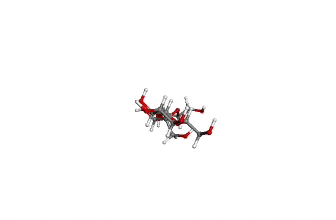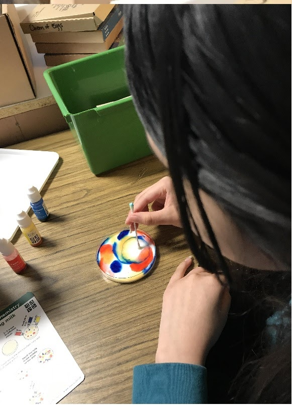Why are not sweeteners as tasty as a real sugar?
Today is December 22nd, the day when Constantin Fahlberg was born. He was the inventor of saccharine, one of the most popular sweetener. It is 300 times sweeter than sugar but it has no food energy (calories) and hence does not lead to obesity. Why do we need sweeteners? What is chemistry behind them?
It is clear for everybody what are advantages of sweeter with zero calories. But why don’t we use sweeteners everywhere instead of sugar? The healthy choice with the same taste should have won the fight against sugar. If it has not, something is wrong with sweeteners. Many people do not like sweeteners because they have a bad taste. What does that mean? Let us get inside the chemistry of sweetness.
On your tongue, you have taste buds, which are chemical sensors for specific molecules. Taste is a signal from such a sensor. Every sensor gives its own taste – one gives a bitter taste, another one – sour, third type – sweet, also there is a sensor for salty substances.
The sweet receptors try to catch sucrose molecules.

Your brain can be cheated by sweeteners but is it for the good? The brain has to count its feeling of consumption of calories. When you taste sweet candy, your brain waits for calories to come and serve the brain and body with its energy. With artificial sweeteners, calories never come – and you may reprogram your brain. By consuming many sweeteners, you stop associating sweet taste with calories, which may lead in the future to overfeeding. The overfeeding effect due to sweeteners has been observed in rats. This may be the danger of sweeteners.
Some claims about cancer and diabetes were made against sweeteners but they were not proven experimentally. So physiologically, sweeteners are safe but may be harmful psychologically due to reprogramming your sweet-energy perception.
An interesting fact is that cats have no sweet receptors. They eat meat and do not need sugar.
What do we also know about human taste?
- Salty taste is similar for different types of salts.
- Sour taste is needed to detect spoiled food.
- Bitter tastes are different (total about 20), and they are needed to detect toxic substances. It is the evolution which detected every new poison with a new kind of bitter taste.
- Hot taste is not a taste at all. It is a tricking of your receptors responsible for hot temperature.
- Taste of menthol is not a taste. It is also a trick of your receptors that are responsible for cold.
- There is the fifth called umami or a savory taste. A Japanese scientist Kikunae Ikeda proposed about hundred years ago that glutamate is a separate fifth taste.
So what is the answer to the question of sweeteners? The sweeteners that have a bad taste act on several different receptors (including bitter taste) while sugar acts only on the sweet receptors. That is the reason for sweeteners to be not as tasty as a real sugar.
What interesting facts do you know about taste? Comment on our pages on Twitter, Facebook, or VK and we will include your answers in our next post about taste.
See also

CASE STUDY - 8th Grade students at St Timothy's Catholic School use MEL Chemistry to enhance their science lessons
Saint Timothy Catholic School in Mesa is committed to promoting academic excellence in each child it looks after. They encourage self-discipline, self-respect, and respect for others. They understand the importance of engaging students in a comprehensive and relevant curriculum. As a result, the middle school science teacher from St. Timothy Catholic School is using MEL Chemistry subscriptions to enhance and expand their range of learning activities.

CASE STUDY - MEL Chemistry allowing pupils to reach their full potential
The Empower Learning Center is the Alternative Learning Program (ALP) within the Hinckley-Finlayson School District. They offer non-traditional education options for students ages 16-21 in their daytime program, night school for traditional high school students who need to make up credits, and night school for adults 18 and older who would like to complete their diploma or equivalency.
The school was seeking engaging, hands-on chemistry kits to make their science classes more interactive, and to help their students understand key science concepts and achieve their full potential in chemistry.

CASE STUDY - MEL Chemistry at Lund International School, Sweden
Emma Taylor, a science teacher at Lund International School (Sweden), has chosen MEL Chemistry sets as the best option for her students’ science classes. In Lund International School, all programmes are taught in English, and having chemistry sets in English are a great asset to accompany science classes.
Here, Emma shares her experience of how MEL Chemistry sets improved her students’ comprehension and understanding of science concepts.